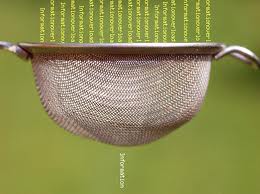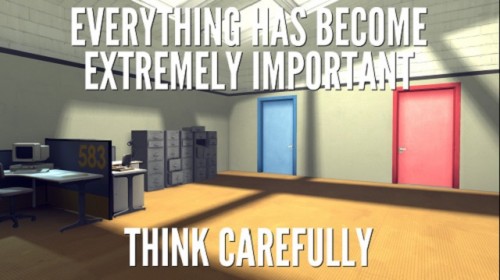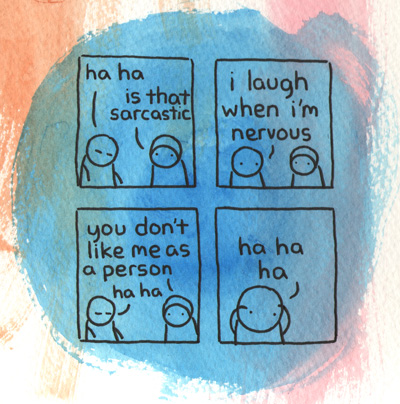#review Features links to, summaries of, and discussions around academic journal articles and books. This week, I’m reviewing:
Sayes, E. M. “Actor-Network Theory and Methodology: Just What Does It Mean to Say That Nonhumans Have Agency?” Social Studies of Science (2014) Vol. 44(1) 134–149. doi:10.1177/0306312713511867. [Paywalled PDF]
Update: The author, E.M. Sayes has responded to the review in a comment below.

A few weeks ago Jathan Sadowski tweeted a link to Sayes’ article and described it as, “One of the best, clearest, most explanatory articles I’ve read on Actor-Network Theory, method, & nonhuman agency.” I totally agree. This is most definitely, in spite of the cited material’s own agentic power to obfuscate, one of the clearest descriptions of what Actor-Network Theory (hereafter ANT) is meant to do and what it is useful for. Its important to say up front, when reviewing an article that’s mostly literature review, that Sayes isn’t attempting to summarize all of Actor-Network Theory, he is focused solely on what ANT has to say about nonhuman agents. It doesn’t rigorously explore semiotics or the binaries that make up modernity. For a fuller picture of ANT (if one were making a syllabus with a week of “What is ANT?”) I suggest pairing this article with John Law’s chapter in The New Blackwell Companion to Social Theory (2009) entitled “Actor Network Theory and Material Semiotics.” Between the two you’d get a nice overview of both of ANT’s hallmark abilities: articulating the character of nonhuman agency and the semiotics of modern binaries like nature/culture and technology/sociality. more...









